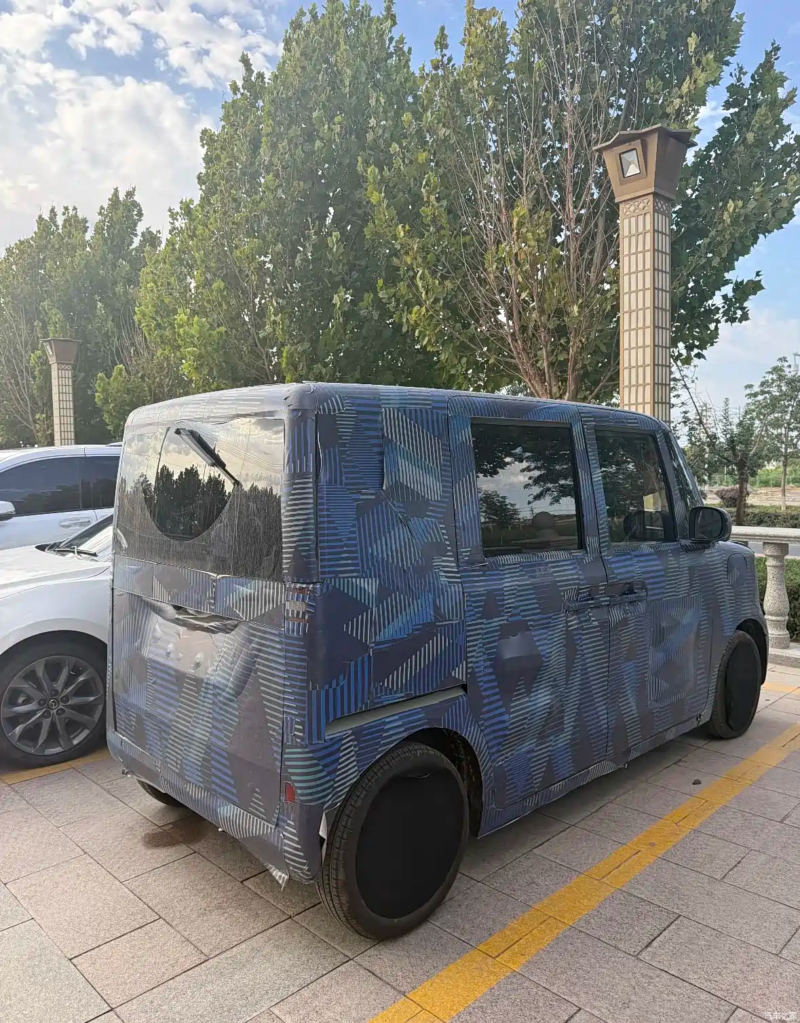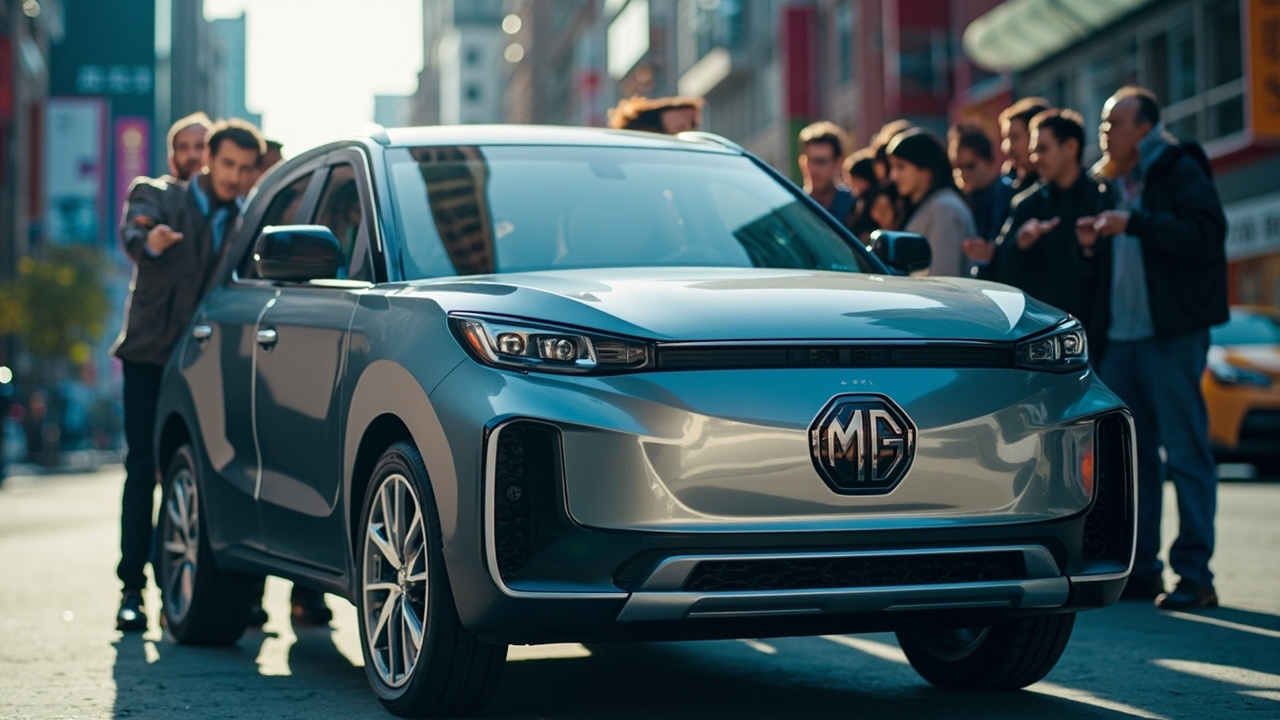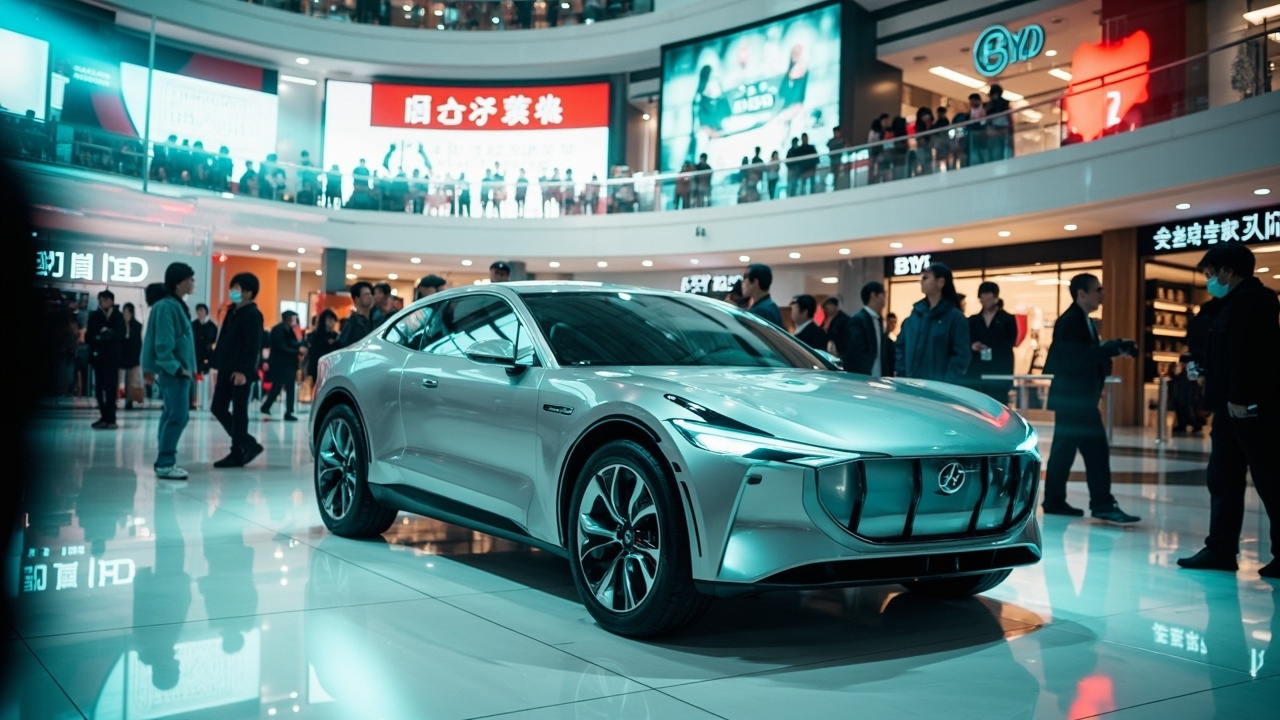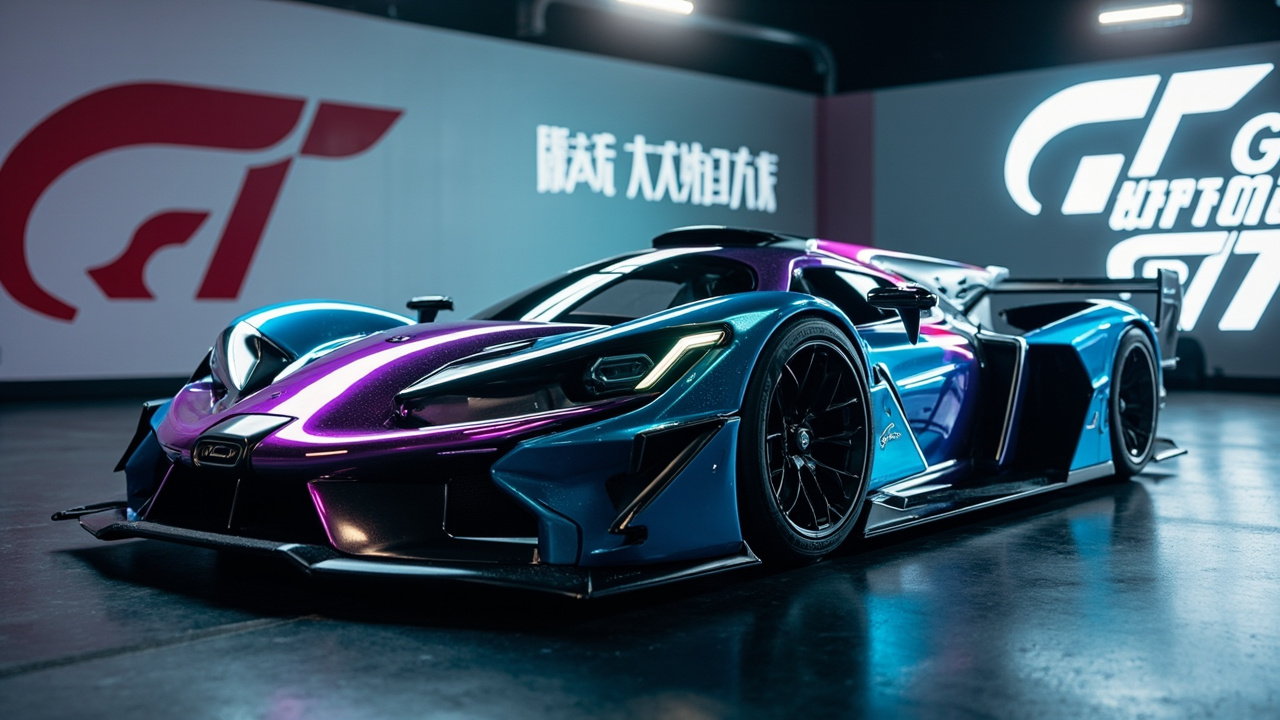2026 Rivian Commercial Van: What We Know So Far
Reports on manufacturing, labor and earnings with clear, practical context. Drives a Tesla Model 3 RWD; family hauler is a Volvo XC60.
The Rivian Commercial Van stands as a formidable player in the evolving landscape of electric cargo transportation. Widely recognized for its partnership with Amazon, Rivian now opens its doors to other businesses seeking efficient and eco-friendly delivery solutions. This new accessibility marks a significant shift in the electric vehicle industry and paves the way for broader applications of Rivian's technology.
Rivian's Commercial Van, with its distinctive design and notable partnership with Amazon, is set to expand its presence beyond the e-commerce giant. Starting in April 2025, non-Amazon-branded RCVs became available for other businesses, offering a new dimension to fleet operations. This electric vehicle comes in two configurations: the Delivery 500 and the Delivery 700, catering to different cargo needs with varying lengths. Despite the impressive size, particularly in the Delivery 700, Rivian has set a maximum payload limit of 2663 pounds, which is lower than some of its competitors. However, the combination of a unique design and practical features makes the RCV a compelling choice for companies looking to reduce their carbon footprint.
The pricing for the 2026 Rivian Commercial Van starts at $79,900 for the Delivery 500 and goes up to $83,900 for the Delivery 700. Both models share the same 320-horsepower electric motor, driving the front wheels with no all-wheel-drive option currently available. This setup promises sufficient acceleration and performance, even with a full cargo load, as seen in Amazon's fleet operations. For businesses operating in urban environments, the Delivery 500 presents a more maneuverable option, with its shorter length providing an edge in tight city streets.
Rivian's electric van boasts a commendable range, with the Delivery 500 capable of traveling up to 161 miles on a single charge, slightly outperforming the Delivery 700's 153 miles. This range is supported by a lithium-iron-phosphate battery pack that allows for 100-kW fast charging. The presence of both J1772 and CCS ports ensures compatibility with a wide range of charging infrastructure, enhancing the van's appeal for long-distance logistics operations.
Inside the Rivian Commercial Van, drivers are greeted with a modern yet straightforward cabin. The elevated driver's seat and flat-bottom steering wheel create a commanding view of the road, complemented by a wraparound windshield for enhanced visibility. The dashboard features two large screens—one for the digital instrument panel and another for infotainment, mirroring the setup found in Rivian's consumer models. Cargo space is generous, with the Delivery 500 offering 487 cubic feet and the Delivery 700 expanding to 652 cubic feet, making it one of the most spacious options available in the market.
Safety remains a top priority for Rivian, equipping its commercial van with a suite of driver-assistance technologies. Standard features include automated emergency braking, lane-keeping assist, and adaptive cruise control. The 360-degree camera system aids in maneuvering, providing a comprehensive view of the vehicle's surroundings. Although the warranty terms for the Commercial Van are less favorable compared to Rivian's consumer vehicles, the powertrain and battery components are covered for eight years or 100,000 miles, ensuring peace of mind for businesses investing in these electric vans.
Rivian's venture into the commercial market with its electric van lineup signals a broader shift in the automotive industry, where sustainability and efficiency are becoming paramount. The introduction of non-Amazon branded vans opens new avenues for small and large businesses alike, offering an opportunity to embrace greener logistics without compromising on functionality. As the market evolves, Rivian's innovations could set new standards for what commercial electric vehicles can achieve, potentially influencing future developments in the sector.
About Priya Nair
Reports on manufacturing, labor and earnings with clear, practical context. Drives a Tesla Model 3 RWD; family hauler is a Volvo XC60.



